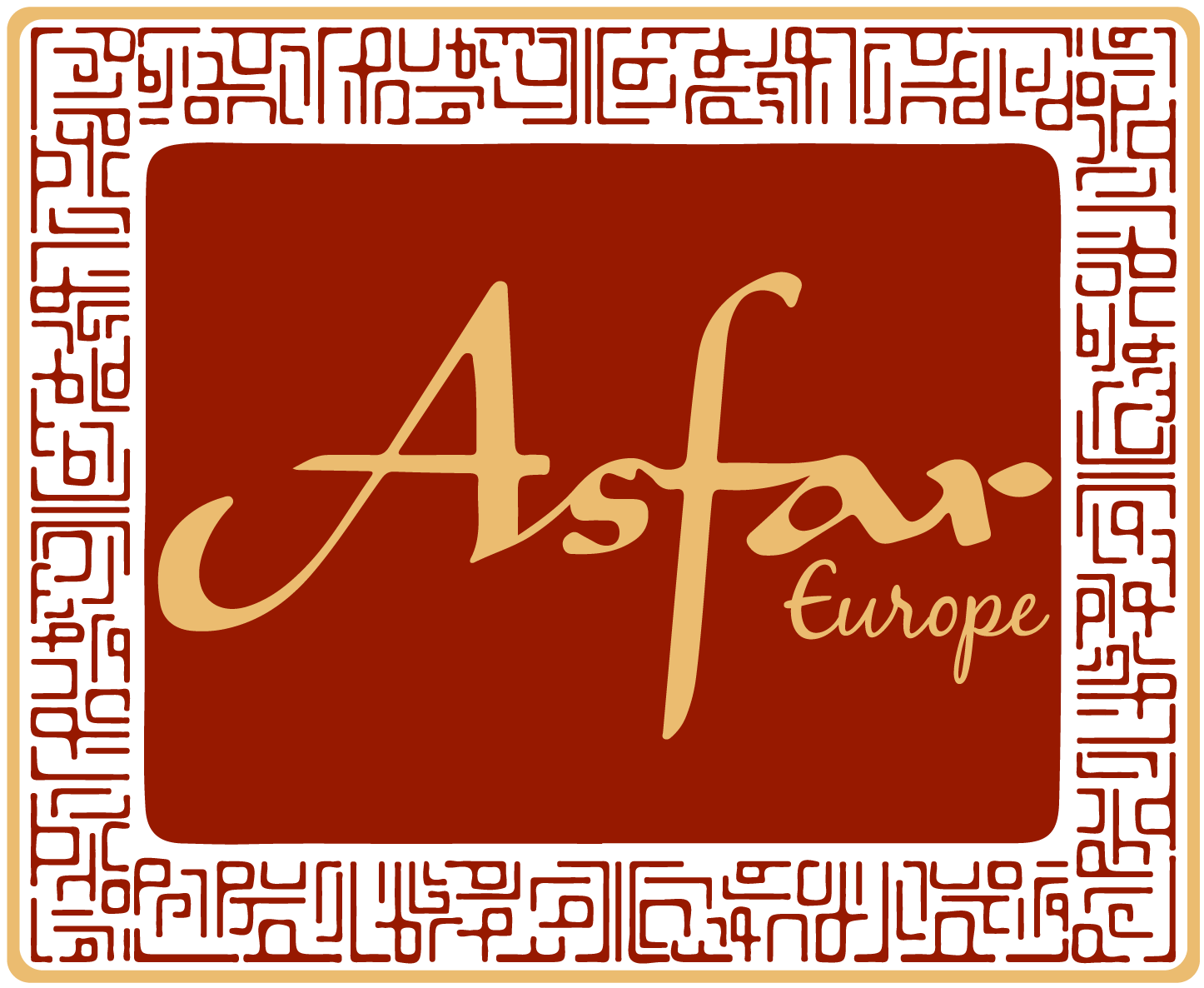Chicken-wire, deserted streets and checkpoints make conflict ever present for a tourist in Hebron, and other areas of the Occupied Palestinian Territories (OPT). Yet, these areas are seeing an increased number of travellers as the number and range of tours in the area have increased. Tourism is not exactly new in the OPT – Hebron and Bethlehem have long attracted religious pilgrims. However, what makes this new trend in tourism significant is that these tours are not aimed to show sights despite the conflict. In fact, the conflict forms a fundamental aspect of the tours and sight-seeing.
This is political tourism. Photo opportunities include the graffiti on the wall and lunches are organised with local Palestinian families. The aim is to educate and learn. Although this easily sounds a worthy cause, the impacts of political tourism are economically, socially and politically complex.
Political tourism in not new and is not unique to just Palestine. Tours in Northern Ireland, the Balkans and the emerging democracies of the Arab Spring have also used the political tourism moniker in an attempt to catch the more discerning traveller. Political tourism, sometimes described as ‘war tourism’ or ‘justice tourism’, entails travelling to areas of conflict or recent conflict and, in most cases, meeting actors on both sides. An easy criticism is the sense of voyeurism it entails, although those who take them cite education as a principal reason for them. Justin Shenk, a ‘political tourist’ I met on my travels in the West Bank and who took a trip to Hebron from Jerusalem, thought the trip was “eye-opening” to the divisions between Israelis and Palestinians.
Travelling to these fragile states can aid development, but the economic impact of the tours is complex. Hit by the control of the Israeli authorities, the Palestinian economy has been stunted. Not only would economic growth benefit the local communities, but as Mohammad Mustafa, Chairman and CEO of the Palestinian Investment Fund, argues, a more stable Palestinian economy would help guarantee security in both Israel and the Palestinian economies.1 Many see these new tours as a way to contribute to the local economy, supporting shopkeepers, local guides and hosts.
However, many of these new political tours are organised from outside the communities. A popular hostel situated in Jerusalem now operates a number of day tours that takes travellers into the West Bank. These tours, whilst supporting the local economy to some extent also support the outside economy and do more to promote tourism in areas outside the OPT, encouraging travellers to stay in West Jerusalem and partake in day trips to the OPT than staying in hotels in the OPT itself.
Even if the tours increase the number of travellers in the area, the quality of their experience and what they take from it must be assessed. The sociological impact of the tours is important. Zachary Reaver, an American student, chose to go to Bethlehem on a tour organised by a West Jerusalem hostel as tours seemed the “safest way to go to the West Bank”. Reaver is an example of a tourist who may have not gone to the West Bank, and spent money in local businesses in doing so, were it not for this promise of increased security.
However, the tours may encourage the view that it is not safe to stay in the West Bank and that travelling on an organised day-trip is the better way to see the OPT. Tours must be careful not to fall into the trap of orientalism. At times, accounts of travel in the OPT show more about the egotism of European consciousness rather than the areas themselves. Edward Said’s criticism that the oriental, in this case the ‘foreign’, ‘exotic’ and ‘dangerous’ OPT, as “contained and represented by dominating frameworks” is applicable.2
How much does the new range of tours add to a warped sense of current history? Whilst tourists can freely enter both sides, the Palestinians themselves are restricted, stuck almost as a tourist attraction. A ‘Best of the West Bank’ tour, run by an established Jerusalem-based hostel, includes a view of the separation wall and a view of a refugee camp amongst the traditional sites of the nativity.
Similarly, Prof. Rebecca Stein, a anthropologist at Duke University specialising in political-culturalism in Palestine and Israel, in discussion on political tourism, describes a peace tent in the Northern West Bank town of Arraba with its Bedouin coffee, pots and carpets, showing Israeli tourists what they thought was “authentic Arab culture”. Stein describes this tent as an example of fantasy more than fundamental change.3
With geographical place and ownership controversial, it is of no surprise that tourism has always been highly political in this area. It is not uncommon of the border security in Tel Aviv to ask new tourists whether they are planning a trip to the OPT. It has been suggested, even in the mainstream Lonely Planet Guides, that an answer in the affirmative can prevent your entry. Justin Shenk told Asfar that he was worried that even his Palestinian guide did not feel able or comfortable to fully express her opinions.
The new political tourism in the West Bank is targeting a different audience than before. By organising the tours from outside the OPT, it allows travellers who would not have independently crossed the checkpoints and borders to see another side of Israel. This has its risks; conflict and suffering should not been seen as a tourist attraction and serious political concerns must be raised about the current state of Israeli-Palestinian affairs. It is impossible to fully control people’s opinions and guard against a dangerous orientalist approach. Yet, increased information and travel can also aid economic development and raise the profile of ongoing conflicts amongst foreign populations. In this respect it must be welcomed, if cautiously.
